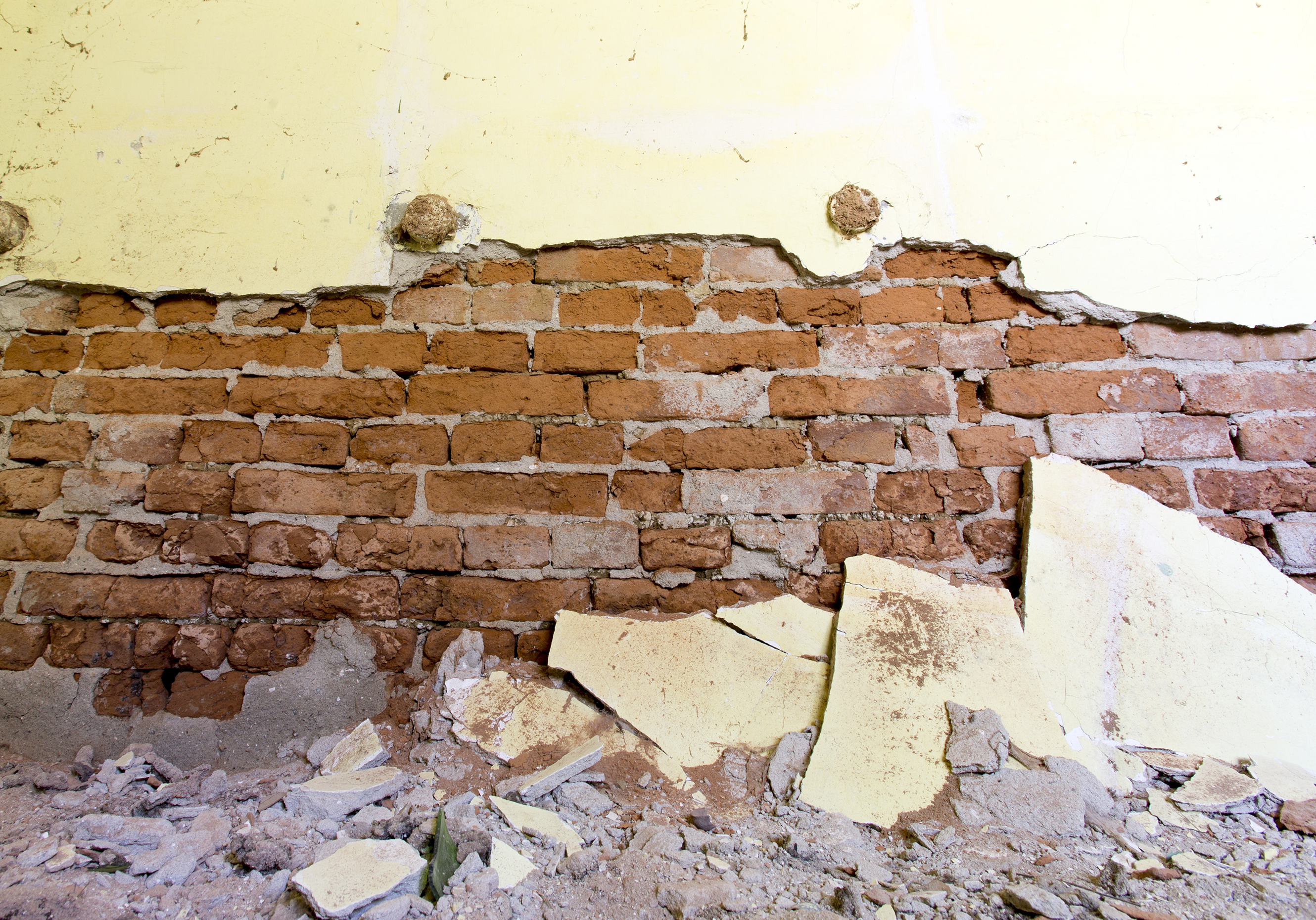Although the Richter scale is perhaps the best-known way to measure an earthquake, it's not the only one. The Modified Mercalli Intensity (MMI) scale gives property insurance underwriters more useful information.
The MMI is different than the Richter scale in important ways that help you understand potential damage to your risks.
 The Modified Mercalli Intensity scale describes the observed effects of an earthquake,
The Modified Mercalli Intensity scale describes the observed effects of an earthquake,
including what people experience and what happens to buildings and objects.
Related:
A Closer Look at Earthquake Risk in Washington State
The Richter scale vs. the Modified Mercalli Intensity scale
An earthquake's magnitude, as measured by the Richter scale, tells you how much energy the quake released at its epicenter. The magnitude is the same no matter where you are in relation to the quake.
An earthquake's intensity, as measured by the MMI, tells you the strength of shaking at a specific location, not just the epicenter, as measured by the effects on people, structures, and the natural environment.1 The MMI depends on observed effects — that is, what people see and feel as well as what happens to buildings.
Intensity varies by location. For example, let's say a magnitude 7 earthquake occurs in Chile. If you are here in Washington state, you will not feel any shaking related to the earthquake, and the intensity will not even register on the MMI scale.
After an earthquake, the United States Geological Survey (USGS) gathers information from people living near where the earthquake occurred and from structural engineers to determine the MMI for various locations.2
What the MMI scale measurements mean
At the lower end of the MMI scale, the observed effects are primarily related to people's experiences. For example, an MMI of II corresponds to "Felt by only a few people at rest, especially on upper floors of buildings."
At the upper end of the MMI scale, the effects are described in terms of structural damage. An MMI of X, for example, corresponds to "Some well-built wooden structures destroyed; most masonry and frame structures destroyed with foundations. Rails bent."
The MMI scale uses Roman numerals from I to X, as follows:3
| MMI | Shaking | Description/Damage |
| I | Not felt | Not felt, except by very few under especially favorable conditions. |
| II | Weak | Felt only by a few persons at rest, especially on upper floors of buildings. |
| III | Weak | Felt quite noticeably by persons indoors, especially on upper floors of buildings. Many people do not recognize it as an earthquake. Standing motor cars may rock slightly. Vibrations similar to the passing of a truck. |
| IV | Light | Felt indoors by many, outdoors by few during the day. At night, some awakened. Dishes, windows, doors disturbed; walls make cracking sound. Sensation like heavy truck striking building. Standing motor cars rocked noticeably. |
| V | Moderate | Felt by nearly everyone; many awakened. Some dishes, windows broken. Unstable objects overturned. Pendulum clocks may stop. |
| VI | Strong | Felt by all, many frightened. Some heavy furniture moved; a few instances of fallen plaster. Damage slight. |
| VII | Very Strong | Damage negligible in buildings of good design and construction; slight to moderate in well-built ordinary structures; considerable damage in poorly built or badly designed structures; some chimneys broken. |
| VIII | Severe | Damage slight in specially designed structures; considerable damage in ordinary substantial buildings with partial collapse. Damage great in poorly built structures. Fall of chimneys, factory stacks, columns, monuments, walls. Heavy furniture overturned. |
| IX | Violent | Damage considerable in specially designed structures; well-designed frame structures thrown out of plumb. Damage great in substantial buildings, with partial collapse. Buildings shifted off foundations. |
| X | Extreme | Some well-built wooden structures destroyed; most masonry and frame structures destroyed with foundations. Rails bent. |
Related:
Underwriting Property: A Guide to Fire, Wildfire and Earthquake Risk
Using the MMI for insurance underwriting
When underwriting a building for exposure to earthquake damage, information about past earthquakes and their intensities can be useful. But the likelihood of future activity is more valuable.
Seismologists have developed models that estimate the probability of future MMI levels. Although these models are not perfect predictors, they do give insurance professionals information about property risk.
For example, if you use QuakeScout, which incorporates data from these models, to look up a property and find it has an MMI of VII, you know:
- The location has a greater chance of suffering structural damage than another location with a lower predicted MMI.
- The property owner may benefit from knowing more about his or her building's potential earthquake risk.
It is important to note that the impact of an earthquake on a property will vary based on multiple factors, and the MMI is just one. Of course, structural damage depends, to some degree, on the building's construction, which is best determined through an on-site inspection.
Learn more about other factors affecting earthquake-related property damage in our blog post.
To get an estimated, predicated MMI for any location in Washington state, login and try QuakeScout. Learn more about how to use it by clicking here.
[1] Washington State Department of Natural Resources https://www.dnr.wa.gov/Publications/ger_washington_geology_2001_v28_no3.pdf
[2] Washington State Department of Natural Resources https://www.dnr.wa.gov/Publications/ger_washington_geology_2001_v28_no3.pdf
[3] USGS, https://www.usgs.gov/media/images/modified-mercalli-intensity-scale











